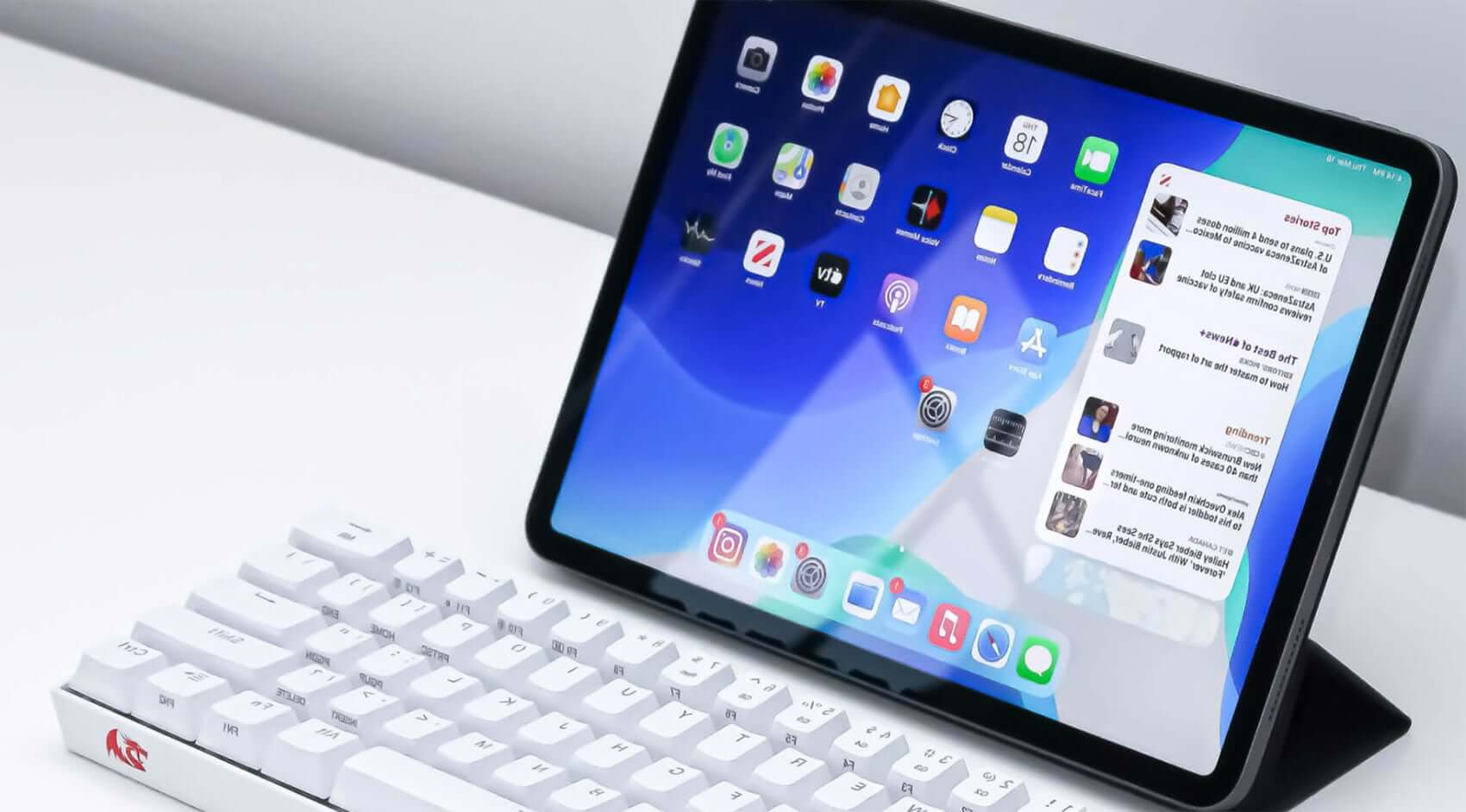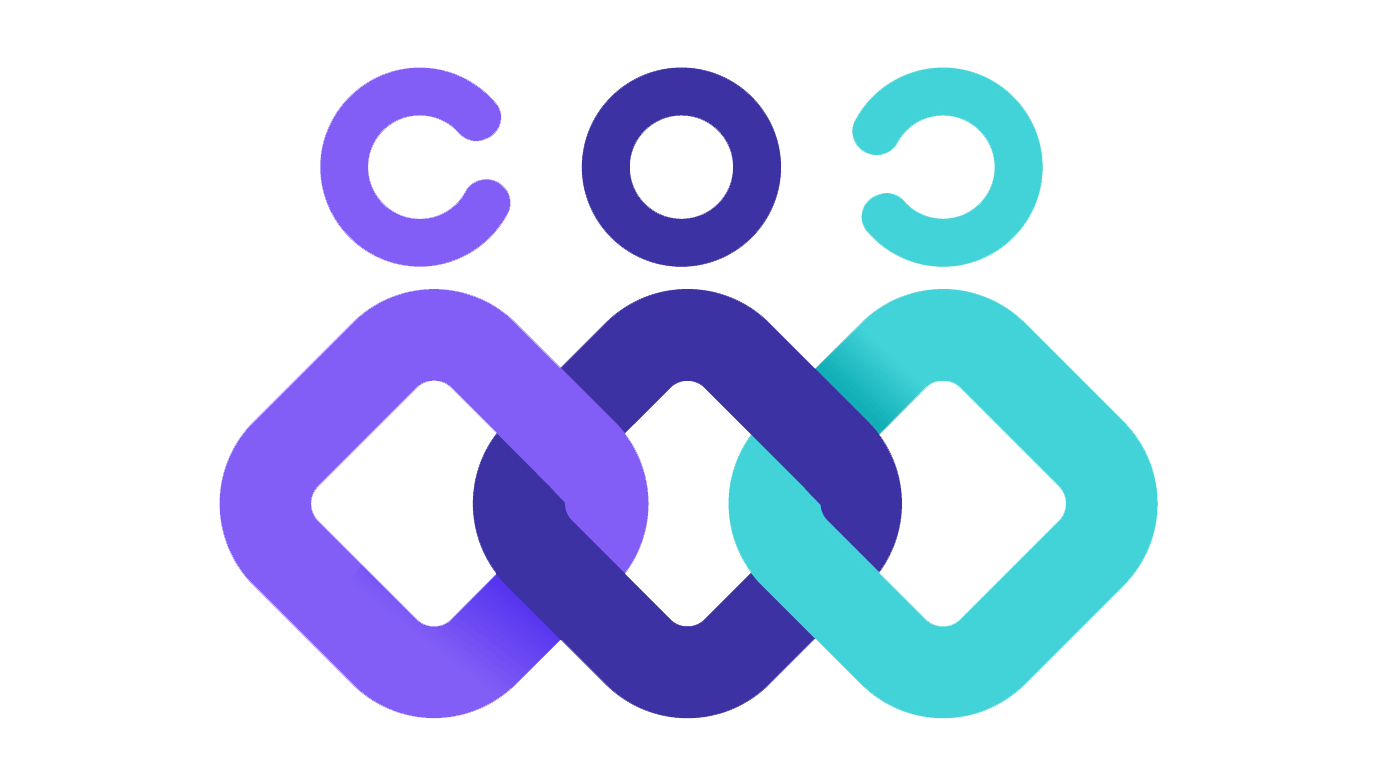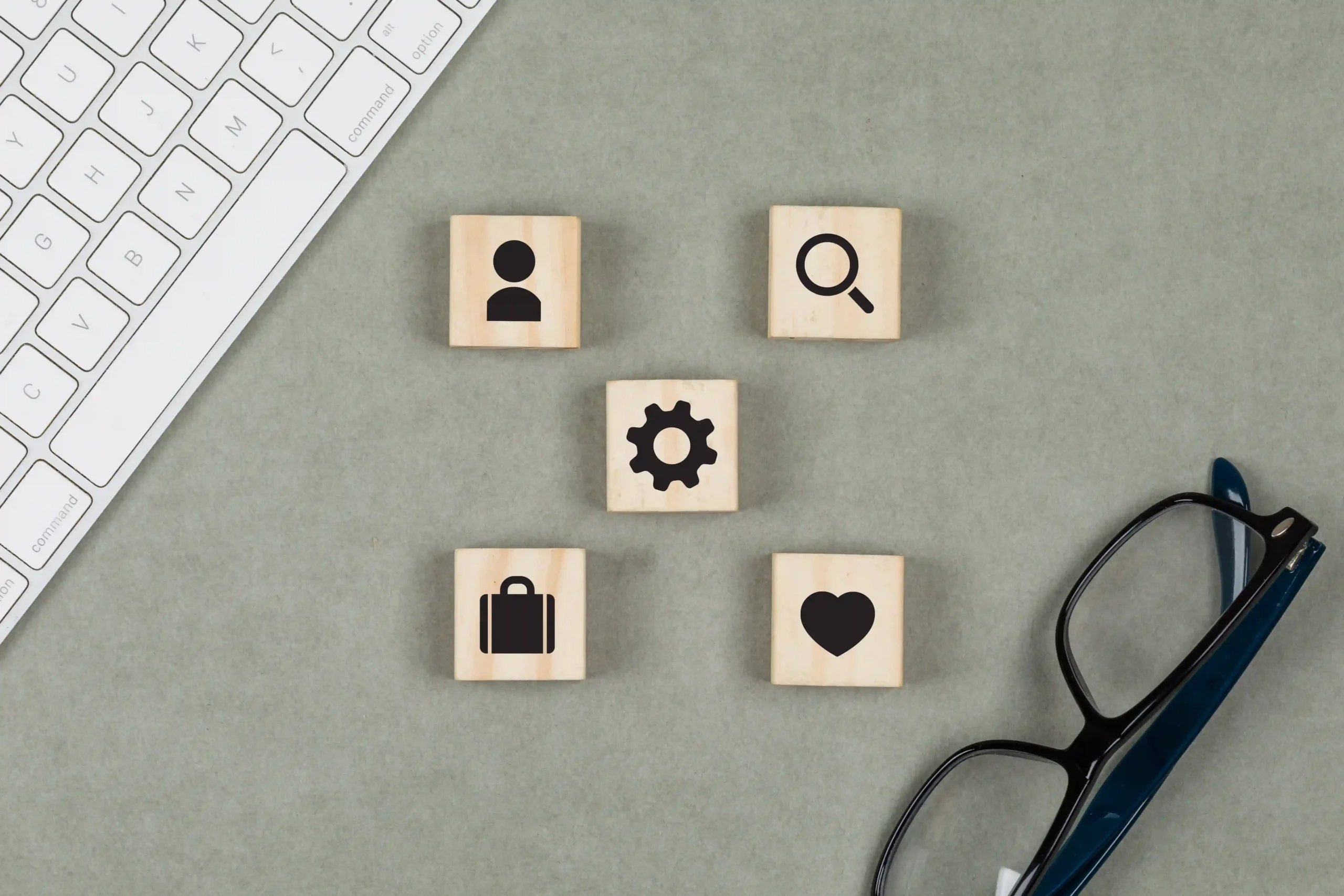- Home
- Product
-
Product Overview
Team Insight combines performance management, recognition, and local rewards in a single loop — so teams grow fairly, stay engaged, and feel valued.
PRODUCT
Employee Performance Management Software
Tools to improve performance and growth tracking.
Employee Recognition & Rewards Software
Build positivity by valuing daily wins.
Employee Engagement Software for SMEs
Drive productivity with clear access and accurate tracking.
OKR & KPI Software for Small Teams
Tools to improve performance and growth tracking.
-
- Resources
- Capture leads and make buying easySed ut perspiciatis unde omnis iste natus error sit voluptatem accusantium doloremque laudantium, totam aperiam, eaquecy epsa abillo inventore veritatis architecto beatae
- Complete documentation
- Working materials in Figma
- 100GB cloud storage
- 500 team members
- Complete documentation
- Working materials in Figma
- 100GB cloud storage
- 500 team members
 Capture leads and make buying easySed ut perspiciatis unde omnis iste natus error sit voluptatem accusantium doloremque laudantium, totam aperiam, eaquecy epsa abillo inventore veritatis architecto beatae
Capture leads and make buying easySed ut perspiciatis unde omnis iste natus error sit voluptatem accusantium doloremque laudantium, totam aperiam, eaquecy epsa abillo inventore veritatis architecto beatae- Complete documentation
- Working materials in Figma
- 100GB cloud storage
- 500 team members
- Complete documentation
- Working materials in Figma
- 100GB cloud storage
- 500 team members
Capture leads and make buying easySed ut perspiciatis unde omnis iste natus error sit voluptatem accusantium doloremque laudantium, totam aperiam, eaquecy epsa abillo inventore veritatis architecto beatae- Complete documentation
- Working materials in Figma
- 100GB cloud storage
- 500 team members
- Complete documentation
- Working materials in Figma
- 100GB cloud storage
- 500 team members
 Capture leads and make buying easySed ut perspiciatis unde omnis iste natus error sit voluptatem accusantium doloremque laudantium, totam aperiam, eaquecy epsa abillo inventore veritatis architecto beatae
Capture leads and make buying easySed ut perspiciatis unde omnis iste natus error sit voluptatem accusantium doloremque laudantium, totam aperiam, eaquecy epsa abillo inventore veritatis architecto beatae- Complete documentation
- Working materials in Figma
- 100GB cloud storage
- 500 team members
Latest Product Updates
Strong Signals
Accelerate Your Monitoring Efforts with ‘Team Insight,’ an AI-Powered Solution.
Smart Ideation
Enhance Your Creative Process with GenAI-Powered Ideation.
Knowledge Hub: Articles, Webinars...Explore our blog, webinars, and case studies to stay informed. Visit the Help Center for all the resources you needContent summary: Discover insights and expert advice through our blog to stay updated with the latest trends and solutions.
Discover insights and expert advice through our blog to stay updated with the latest trends and solutions.
Join our webinars for expert-led discussions and real-time learning from industry leaders.

Explore our case studies to see how our solutions drive success in real-world scenarios.

Visit our Help Center for quick answers, resources, and support to assist you every step of the way.
Articles, Webinars...
Explore our blog, webinars, and case studies to stay informed. Visit the Help Center for all the resources you need
RESOURCES
Blog Articles
Discover insights and expert advice through our blog
Webinars
Join our webinars discussions and learning from industry leaders.
CaseStudies
Explore our case studies
Help Center
Visit our Help Center for quick answers, resources.
-
- Success Stories
- Login
- Pricing
- Our Team
- Company
-
A Story of Growth, Trust, and Vision
Our journey is built on a commitment to empowering people and increasing employee productivity. By fostering trust and innovation, we aim to create a work environment where growth and success go hand in hand.
About Us: A team driven by innovation, focused on growth and productivity.
A team driven by innovation, focused on growth and productivity.
Contact us with any questions or feedback. Let’s boost productivity together.
A Story of Growth...
Our journey is built on a commitment to empowering people and increasing employee productivity. By fostering trust and innovation, we aim to create a work environment where growth and success go hand in hand.
ABOUT OUR COMPANY
About Us
A team driven by innovation, focused on growth and productivity.
Contact Us
Contact us with any questions or feedback. Let’s boost productivity together.
-
- Home temp

Engage with Recognition Messages for Employees Examples
Recognition messages for employees examples are essential for creating a motivated, engaged, and productive workforce. They go beyond simple praise, making employees feel genuinely valued for their contributions, which fosters loyalty and strengthens workplace culture. For busy managers juggling tight schedules, crafting impactful recognition messages for employees examples can seem challenging, yet the benefits are clear: studies show recognized employees are up to 50% more productive and 20% less likely to leave. These messages offer a practical way to acknowledge efforts without spending hours drafting, saving time while boosting morale.
This article provides 20 ready-to-use recognition messages for employees examples tailored for scenarios like project successes, teamwork, innovation, consistent performance, and peer-to-peer appreciation. Each script is concise, authentic, and designed to resonate across diverse teams. We’ll also share tips for personalizing recognition messages for employees examples, choosing effective delivery channels, and avoiding common pitfalls. By integrating recognition messages for employees examples into daily routines, managers can build a culture of appreciation that drives engagement and long-term success. This guide equips leaders to implement recognition efficiently, whether for individual achievements or team-wide efforts. For deeper strategies on fostering a recognition culture, explore educational resources like the Team Insight blog on employee recognition and rewards, which offers practical insights and actionable advice.
Why Employee Recognition Matters
Employee recognition is not just a feel-good practice; it’s a strategic tool that directly impacts organizational success. When employees receive recognition messages for employees examples, they feel valued, which boosts their motivation and engagement. According to research, companies with high recognition cultures see 23% higher profitability and 31% lower voluntary turnover. These numbers highlight why recognition messages for employees examples are critical for retaining talent and maintaining a competitive edge.
Recognition strengthens workplace culture by fostering trust and belonging. When employees receive recognition messages for employees examples, they understand their work aligns with organizational goals, which encourages them to maintain high performance. For instance, a retail company implemented weekly recognition messages for employees examples during team meetings, resulting in a 15% increase in employee satisfaction scores within three months. Employees reported feeling more connected to their roles and colleagues, which improved collaboration and customer service quality. This example illustrates how simple, consistent recognition messages for employees examples can transform team dynamics, leading to measurable improvements in daily operations and long-term loyalty.
Moreover, recognition messages for employees examples reinforce organizational values. By acknowledging behaviors like innovation or teamwork, managers guide employees toward desired outcomes. In diverse workplaces, culturally sensitive recognition messages for employees examples can bridge gaps and create inclusivity. For example, in collectivist cultures, team-focused recognition may resonate more, while individual-focused recognition messages for employees examples might be preferred in individualistic cultures. Adapting recognition messages for employees examples to these nuances ensures that every employee feels seen and appreciated, regardless of their background. This cultural alignment not only enhances personal motivation but also promotes a more harmonious and productive work environment.
Recognition is also a cost-effective way to boost morale. Unlike monetary rewards, recognition messages for employees examples require minimal resources but yield significant returns. Managers who prioritize recognition—whether through quick emails or public shout-outs—see improvements in productivity, engagement, and team cohesion. By making recognition messages for employees examples a regular practice, organizations can build a culture where employees thrive. Consider how integrating recognition messages for employees examples with performance feedback loops can amplify these effects, creating a feedback-rich environment that encourages continuous improvement and innovation.

Types of Employee Recognition
Understanding the different types of employee recognition is key to creating a balanced and effective program. Recognition messages for employees examples can be categorized by formality, recipient, timing, and peer involvement, each serving unique purposes in motivating employees. Let’s delve deeper into each category to see how recognition messages for employees examples can be applied effectively in real-world settings.
1. Formal vs. Informal Recognition
Formal recognition includes structured programs like annual awards or milestone celebrations. These events, often accompanied by recognition messages for employees examples, highlight significant achievements and align with company values. For instance, during an annual gala, a manager might present a trophy with a scripted recognition messages for employees examples that details the recipient’s contributions over the year. This not only honors the individual but also sets a benchmark for others. Informal recognition, such as a quick thank-you note or verbal praise during a meeting, is spontaneous and keeps motivation high daily. Both types of recognition messages for employees examples are essential: formal for visibility and long-term inspiration, informal for immediacy and daily reinforcement. Balancing them ensures sustained engagement without overwhelming the schedule.
2. Individual vs. Team Recognition
Individual recognition focuses on personal contributions, using recognition messages for employees examples to celebrate unique achievements or skills. This is particularly effective for roles where personal initiative drives results, like a developer fixing a critical bug. Team recognition, on the other hand, emphasizes collective success, reinforcing collaboration through recognition messages for employees examples that highlight group efforts. A balanced approach ensures all employees feel valued, whether working solo or collaboratively. For example, after a cross-departmental project, a team shout-out incorporating recognition messages for employees examples can acknowledge both the group’s synergy and individual standouts, fostering a sense of unity while spotlighting personal impacts.
3. Immediate vs. Periodic Recognition
Immediate recognition, delivered through timely recognition messages for employees examples, reinforces positive behavior right after it occurs. For example, praising an employee after a successful client call strengthens the impact and encourages repetition in future interactions. Periodic recognition, such as monthly awards, uses recognition messages for employees examples to celebrate sustained efforts, often tied to performance metrics. This type is ideal for quarterly reviews, where recognition messages for employees examples can recap ongoing contributions, providing a reflective pause that motivates for the next cycle. Combining both creates a rhythm of appreciation that keeps momentum high year-round.
4. Peer-to-Peer Recognition
Peer recognition empowers employees to acknowledge each other’s contributions using recognition messages for employees examples. This approach highlights small but meaningful acts, like helping a colleague with a task, fostering camaraderie. Peer-to-peer recognition messages for employees examples build a collaborative culture and ensure no contribution goes unnoticed, especially in flat hierarchies where managers can’t see everything. Encouraging this through shared digital boards amplifies its reach, turning recognition messages for employees examples into a grassroots movement of appreciation.
By mixing these recognition types, managers can create a dynamic program that motivates employees across various contexts, using recognition messages for employees examples to drive engagement and performance. For more on integrating these types with digital tools, check out educational content in the Team Insight blog on employee recognition and rewards.
Tips for Writing Effective Recognition Messages
Crafting effective recognition messages for employees examples requires thoughtfulness and strategy. Here are key tips to ensure your messages resonate and inspire, expanded with practical examples to guide implementation.
1. Personalize the Message
Generic praise like “Great job” lacks impact. Use the employee’s name and specify their contribution in recognition messages for employees examples. For example: “Sara, your innovative approach to the marketing campaign increased our click-through rate by 10%. Amazing work!” Personalization shows you value their unique efforts. To enhance this, reference specific details like the tools they used or challenges overcome, making the recognition messages for employees examples feel bespoke and memorable.
2. Be Timely
Deliver recognition messages for employees examples soon after the achievement. A quick Slack message after a successful presentation is more effective than waiting for a quarterly review. Timely recognition reinforces behavior and feels sincere. In fast-paced environments, setting reminders for recent wins can help managers consistently apply recognition messages for employees examples without delay.
3. Choose the Right Channel
The delivery method matters. Private recognition messages for employees examples (e.g., email) suit introverted employees or sensitive achievements, while public channels (e.g., team meetings) inspire others. In global teams, consider time zones to ensure recognition messages for employees examples reach employees at optimal times. Experimenting with hybrid channels, like a private note followed by a public mention, can amplify the effect of recognition messages for employees examples.
4. Use a Positive and Professional Tone
Maintain a warm yet professional tone in recognition messages for employees examples. Avoid overly casual language that might feel unprofessional in some cultures. For example, a message like “You crushed it!” may not resonate in formal or collectivist workplaces. Tailoring the tone—enthusiastic yet respectful—ensures recognition messages for employees examples land well across diverse teams.
5. Highlight the Impact
Explain why the contribution matters in recognition messages for employees examples. For instance: “John, your detailed analysis saved the team hours of rework, keeping us on schedule.” This reinforces the value of their work and motivates others. Quantifying impact where possible, such as “boosted sales by 15%,” makes recognition messages for employees examples more compelling and data-driven.
6. Keep It Concise
Busy employees appreciate brevity. Recognition messages for employees examples should be short, clear, and impactful, ideally 1–2 sentences, to ensure they’re read and remembered. Yet, even in brevity, pack in specificity to maximize the punch of each recognition messages for employees examples.
7. Consider Cultural Context
In diverse workplaces, tailor recognition messages for employees examples to cultural preferences. For example, public recognition may be less effective in cultures that value humility, where private recognition messages for employees examples are more appropriate. Learning about team members’ backgrounds allows for nuanced recognition messages for employees examples that build true inclusivity.
By following these tips, managers can craft recognition messages for employees examples that motivate, align with company goals, and foster a culture of appreciation. For advanced strategies on scaling these tips with software solutions, the Team Insight product page on employee recognition and rewards offers a great starting point for exploring how automation can enhance your approach—feel free to insert your preferred link there for seamless integration.

20 Ready-to-Use Recognition Messages
Below are 20 recognition messages for employees examples designed for various workplace scenarios. Each is concise, adaptable, and ready for use via email, Slack, or in-person delivery. We’ve added brief expansions on customization to help you adapt these recognition messages for employees examples further.
A. Project / Goal Achievement (5 Messages)
- “Congratulations, [Name]! Your leadership in delivering the XYZ project on time was outstanding and set a high standard for the team.” Use case: After completing a major project ahead of schedule. Customization tip: Add metrics like “under budget by 20%” to personalize.
- “[Name], your dedication to exceeding our quarterly goals was remarkable. Thank you for driving our success!” Use case: When an employee surpasses performance targets. Customization tip: Specify the goal, e.g., “hitting 150% of sales quota.”
- “Great work, [Name]! Your thorough research ensured the project stayed on track and impressed our stakeholders.” Use case: After delivering a detailed report or analysis. Customization tip: Mention tools used, like “leveraging Excel dashboards.”
- “[Name], your creative solution to the ABC challenge was a game-changer. Well done!” Use case: For an employee who resolves a critical issue innovatively. Customization tip: Describe the “before and after” impact briefly.
- “Thank you, [Name], for owning the project milestone. Your focus kept everything running smoothly.” Use case: When an employee manages a key deliverable successfully. Customization tip: Highlight collaboration if team-involved.
B. Teamwork and Collaboration (5 Messages)
- “[Name], your support during the team pitch made us shine. Your collaboration is truly appreciated!” Use case: After a successful group presentation. Customization tip: Name the team or specific support given.
- “Thank you, [Name], for helping your teammate with that complex task. Your teamwork strengthens us all.” Use case: When an employee assists a struggling colleague. Customization tip: Reference the task, e.g., “debugging the code.”
- “[Name], your positive attitude fosters an incredible team environment. Thank you for making collaboration enjoyable!” Use case: For employees who boost team morale. Customization tip: Tie to a specific meeting or event.
- “Great job, [Name], for sharing your expertise with the team. It’s helping us all grow stronger.” Use case: When an employee mentors others. Customization tip: Mention the skill shared, like “Excel training.”
- “Team, you all did an amazing job, and [Name], your coordination was key to our success. Thank you!” Use case: Recognizing both team and individual contributions. Customization tip: List key team wins briefly.
C. Innovation and Initiative (3 Messages)
- “[Name], your idea during the brainstorming session opened new possibilities. Fantastic work!” Use case: After an employee suggests a novel approach. Customization tip: Describe the idea’s potential outcome.
- “Thank you, [Name], for proactively improving our workflow. Your initiative saved us significant time.” Use case: When an employee streamlines a process independently. Customization tip: Quantify savings, e.g., “two hours per week.”
- “[Name], your foresight in addressing potential challenges was impressive. Keep up the great thinking!” Use case: For an employee who anticipates and mitigates issues. Customization tip: Specify the challenge avoided.
D. Consistent Effort / Steady Performance (4 Messages)
- “[Name], your consistent reliability is a cornerstone of our team’s success. Thank you!” Use case: Recognizing ongoing dedication. Customization tip: Reference a recent streak, like “three months of on-time deliveries.”
- “Thank you, [Name], for your unwavering commitment to quality. Your work sets a high standard.” Use case: For employees who consistently deliver excellent results. Customization tip: Highlight quality metrics.
- “[Name], your punctuality and accuracy are exemplary. Keep up the fantastic work!” Use case: For reliable and meticulous employees. Customization tip: Tie to role-specific duties.
- “Your steady contributions, [Name], provide a strong foundation for our team. Thank you!” Use case: When an employee supports team goals consistently. Customization tip: Link to team objectives.
E. Peer-to-Peer Recognition (3 Messages)
- “[Name], your help with [Colleague]’s task was noticed and appreciated. You’re a true team player!” Use case: Acknowledging support among colleagues. Customization tip: Detail the help provided.
- “Thank you, [Name], for sharing your knowledge with peers. It inspires everyone to grow.” Use case: For mentoring or knowledge-sharing. Customization tip: Name the peers or topic.
- “[Name], your positivity in team meetings lifts everyone’s spirits. Thank you for being an amazing teammate!” Use case: When an employee boosts team morale. Customization tip: Reference a specific meeting moment.
These recognition messages for employees examples are versatile and can be tailored to fit specific achievements or cultural contexts, ensuring they resonate with diverse teams. Experimenting with variations keeps recognition messages for employees examples fresh and relevant.

Integrating Recognition with Rewards: A New Dimension
To elevate recognition messages for employees examples from words to actions, consider pairing them with tangible rewards. This integration transforms simple appreciation into a powerful motivator, as supported by studies showing that recognition combined with incentives increases engagement by up to 40%. For busy managers, starting small—such as linking a recognition messages for employees examples to a coffee voucher or extra break time—can yield quick wins without complexity.
Why Pair Recognition with Rewards?
Recognition messages for employees examples alone build emotional connections, but adding rewards addresses intrinsic and extrinsic motivation. Employees who receive both report 78% higher satisfaction, per recent surveys. This duo reinforces behaviors like innovation or collaboration, making recognition messages for employees examples part of a holistic strategy. In practice, after sending a recognition messages for employees examples for a project milestone, follow up with a redeemable point for a personalized gift, turning acknowledgment into lasting impact.
Practical Steps for Implementation
- Assess Team Preferences: Survey your team on preferred rewards to ensure recognition messages for employees examples lead to meaningful incentives. Options might include flexible hours, professional development credits, or wellness perks.
- Automate the Process: Use digital platforms to trigger rewards alongside recognition messages for employees examples. This saves time and ensures consistency, allowing managers to focus on crafting authentic messages.
- Measure Outcomes: Track how paired recognition messages for employees examples affect productivity. Tools can provide analytics on redemption rates and engagement lifts, refining your approach over time.
- Scale for Diversity: Tailor rewards culturally—e.g., family-oriented gifts in collectivist settings—to make recognition messages for employees examples universally appealing.
Examples in Action
Imagine using a recognition messages for employees examples like “Your teamwork on the client pitch was invaluable!” paired with a team lunch voucher. This not only celebrates the moment but builds ongoing camaraderie. For individual recognition messages for employees examples, link to e-learning courses, empowering growth. Such pairings make recognition messages for employees examples a gateway to deeper investment in employee success.
For educational guidance on building such integrated systems, the Team Insight product page on employee recognition and rewards is an excellent resource—insert your link here to connect readers to detailed implementation steps.
Timing & Channels
The effectiveness of recognition messages for employees examples depends on when and how they’re delivered. Proper timing and channel selection maximize impact and ensure employees feel valued. Expanding on this, let’s explore advanced considerations for hybrid and global teams.
1. Recognize in the Moment
Immediate recognition messages for employees examples are most impactful. For example, a quick email after a successful client meeting reinforces the behavior instantly. Delayed recognition loses its emotional weight. In virtual settings, use video clips within recognition messages for employees examples for added warmth.
2. Maintain a Regular Cadence
While immediate recognition is key, regular recognition messages for employees examples—such as weekly shout-outs or monthly newsletters—sustain motivation. Scheduled recognition ensures ongoing appreciation. Theme them around company values to deepen alignment with recognition messages for employees examples.
3. Choose the Right Channel
Private recognition messages for employees examples (e.g., direct messages) work for personal achievements, while public channels (e.g., team Slack) inspire others. In diverse teams, consider cultural preferences—some employees may prefer private recognition to avoid embarrassment. Multimedia channels, like voice notes in recognition messages for employees examples, can enhance emotional delivery.
4. Account for Remote Teams
In distributed teams, time zones matter. Schedule recognition messages for employees examples to reach remote employees at optimal times, using tools like recognition platforms to automate delivery. Asynchronous options ensure inclusivity for recognition messages for employees examples.
5. Reinforce Through Multiple Touchpoints
Combine channels for maximum impact. For example, deliver recognition messages for employees examples in a team meeting, followed by a written note. This repetition reinforces the message’s value, creating layered appreciation.
By aligning timing and channels, recognition messages for employees examples become a seamless part of workplace culture, boosting motivation and engagement.
Common Recognition Mistakes
Even well-intentioned recognition messages for employees examples can fall flat if executed poorly. Here are common pitfalls to avoid, with strategies to overcome them for more effective recognition messages for employees examples.
1. Generic Messages
Vague recognition messages for employees examples like “Nice work” feel insincere. Specify the achievement, e.g., “Lisa, your client presentation was clear and persuasive, securing the deal.” Audit past recognition messages for employees examples to ensure specificity.
2. Delayed Recognition
Late recognition messages for employees examples lose impact. Acknowledge contributions as soon as possible to reinforce positive behavior. Set calendar alerts post-achievement for timely recognition messages for employees examples.
3. Ignoring Team or Peer Contributions
Focusing only on individual recognition messages for employees examples overlooks teamwork. Include peer-to-peer recognition to foster collaboration and inclusivity. Dedicate slots in meetings for shared recognition messages for employees examples.
4. Wrong Tone or Channel
Overly casual recognition messages for employees examples may not suit formal cultures, while public recognition can embarrass some employees. Tailor the tone and channel to the recipient’s preferences. Test variations of recognition messages for employees examples with a small group first.
5. Inconsistent Recognition
Sporadic recognition messages for employees examples can create perceptions of favoritism. Regular, inclusive recognition ensures all employees feel valued. Create a recognition calendar to standardize recognition messages for employees examples.
Avoiding these mistakes ensures recognition messages for employees examples are meaningful and motivating, strengthening workplace culture.

Tools & Resources
Implementing recognition messages for employees examples is easier with the right tools and resources. Here’s how managers can streamline the process, with expanded ideas for integration.
1. Online Recognition Platforms
Digital tools allow managers to send recognition messages for employees examples efficiently. These platforms offer features like points systems, leaderboards, and integrations with tools like Slack or Microsoft Teams, making recognition seamless. Explore how they automate recognition messages for employees examples delivery for scale.
2. Message Libraries
Pre-written recognition messages for employees examples save time and ensure messages are specific and impactful. Managers can adapt these templates to align with company values, building a custom bank of recognition messages for employees examples.
3. Training Resources
Workshops and guides on crafting recognition messages for employees examples provide actionable strategies. Resources like Team Insight’s blog offer tips on personalization, timing, and cultural sensitivity, enriching your recognition messages for employees examples toolkit.
4. Analytics Tools
Many platforms include reporting features to track engagement with recognition messages for employees examples. These insights help managers identify gaps and ensure inclusivity, optimizing future recognition messages for employees examples.
By leveraging these tools, managers can implement recognition messages for employees examples effectively, saving time while maximizing impact. For a deeper dive into platform features, the Team Insight product page on employee recognition and rewards provides educational overviews—add your link here for easy access.
Wrap-Up & Next Steps
Recognition messages for employees examples are more than kind words—they’re a strategic tool for boosting engagement, morale, and retention. By using thoughtful, timely, and culturally sensitive recognition messages for employees examples, managers can create a workplace where employees feel valued and motivated to excel. These messages, whether for individual achievements or team efforts, foster a culture of appreciation that drives long-term success.
To start, integrate recognition messages for employees examples into your daily routine. Use the 20 scripts provided, adapt them to your team’s needs, and deliver them through appropriate channels. Explore digital tools to streamline recognition and track its impact. For more guidance, visit Team Insight’s blog for strategies on building a recognition culture. Make recognition messages for employees examples a priority today, and watch your team’s performance soar. Remember, consistent recognition messages for employees examples paired with reflection can evolve your leadership style, creating ripple effects across your organization.














